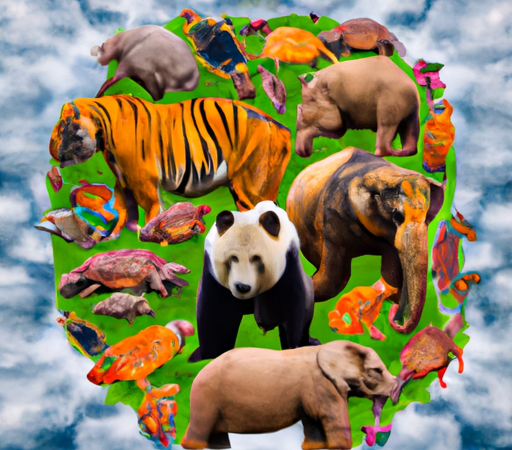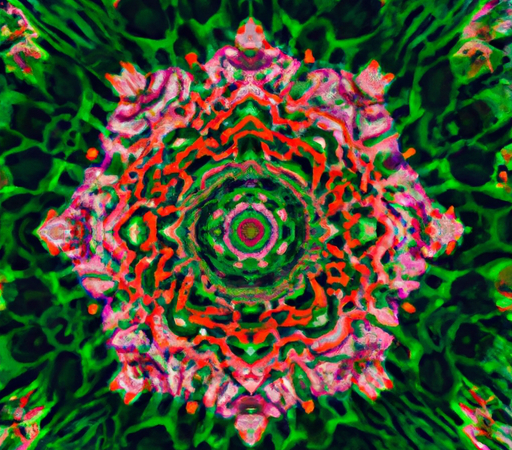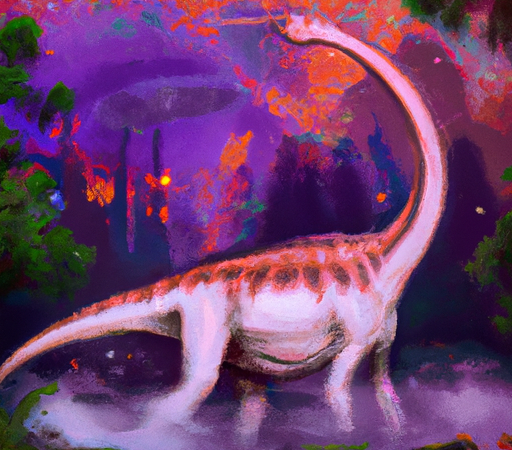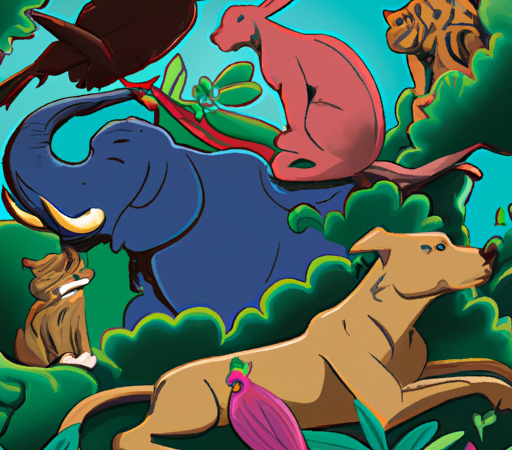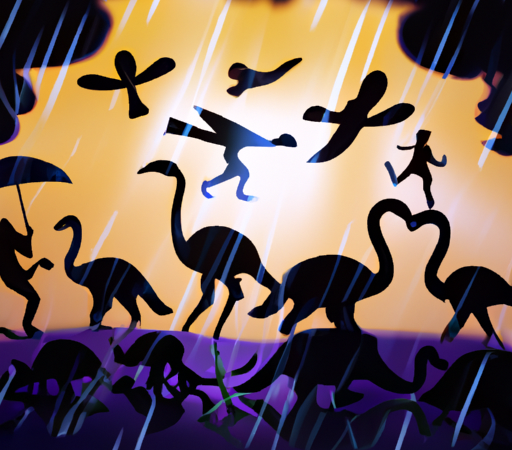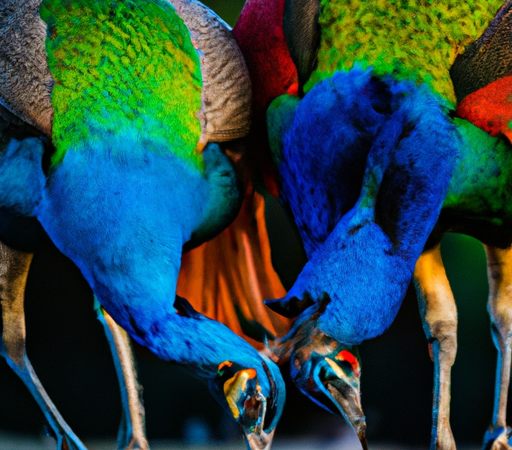The Art of Mimicry: Animals that Mimic Other Species for Survival
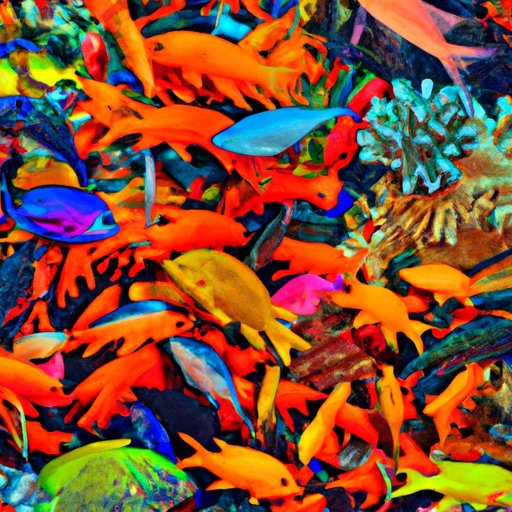
The animal kingdom never fails to amaze us with its incredible adaptations and survival strategies. One of the most fascinating phenomena observed in nature is mimicry, where certain species have evolved to mimic other animals or even objects in their environment. Mimicry serves as a powerful tool for survival, allowing animals to deceive their predators, attract prey, or blend seamlessly into their surroundings. This remarkable art of mimicry has evolved over millions of years, resulting in astonishing examples of deception and camouflage.
Perhaps the most famous example of mimicry is the stunning transformation of creatures like chameleons and octopuses. These masterful shape-shifters are known for their remarkable ability to change their appearance and merge seamlessly into their background. Chameleons, for instance, can alter the color and pattern of their skin to match the leaves or branches they are perched upon, rendering themselves nearly invisible to both predators and prey. Similarly, octopuses can change their skin texture and color to mimic coral reefs or rocky surfaces, helping them avoid detection by predators or silently ambush their unsuspecting prey.
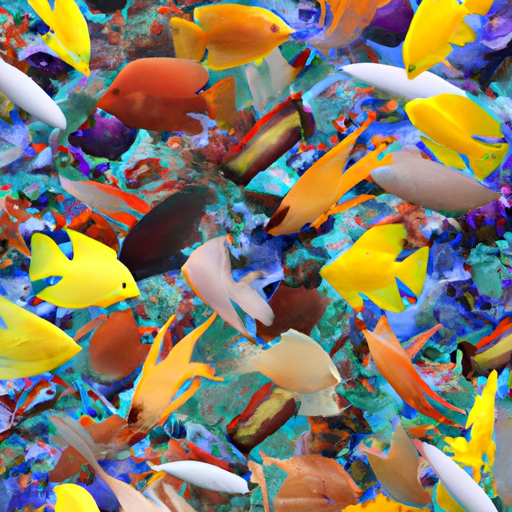
Another fascinating type of mimicry is observed in the insect world. The praying mantis, with its elongated front legs and ability to remain perfectly motionless, masterfully mimics its environment. When perched on a leaf or a branch, the mantis adopts a pose that resembles a twig or a leaf from a distance. This clever disguise allows it to blend in seamlessly, making it virtually invisible to predators and increasing its chances of successfully capturing prey.
In addition to camouflage, some animals have evolved to mimic objects or even other species as a means of protection. Take, for instance, the harmless milk snake, whose brightly colored scales resemble a venomous coral snake. By mimicking the dangerous coral snake's appearance, the milk snake advertises itself as unpalatable to predators, ensuring its own survival. Similarly, certain species of harmless flies mimic the appearance and behavior of stinging wasps, using this deception to deter predators and avoid being eaten.
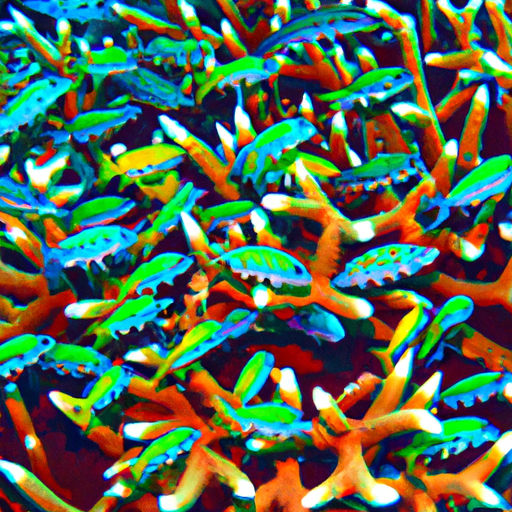
However, mimicry is not limited to animals mimicking other animals. Some animals mimic inanimate objects to increase their chances of survival. The aptly named walking stick insect, for example, resembles a twig or a small branch. By resembling a non-threatening inanimate object, this remarkable insect can easily blend into the background, evading predators and leaving them unsure of its presence. Similarly, the leaf butterfly possesses wings with patterns that closely resemble a dried leaf, providing it with the ultimate camouflage against predators.
The art of mimicry showcases the extraordinary adaptability and diversity of strategies employed by animals to ensure their survival. Through the evolution of mimicking other species or objects, animals have developed ingenious ways to deceive predators, catch prey, or blend seamlessly into their environments. Mimicry is a testament to the wonders of evolution, highlighting nature's ingenuity and the remarkable feats it can achieve.
As we continue to explore the animal kingdom, the art of mimicry will undoubtedly provide us with continued awe and fascination. The strategies employed by these master mimics serve as a constant reminder of the incredible variety of survival tactics that have evolved over millennia. The world of mimicry reveals an intricate dance between predator and prey, demonstrating that sometimes the best defense is not brute force, but rather the artful manipulation of perception to ensure survival.

